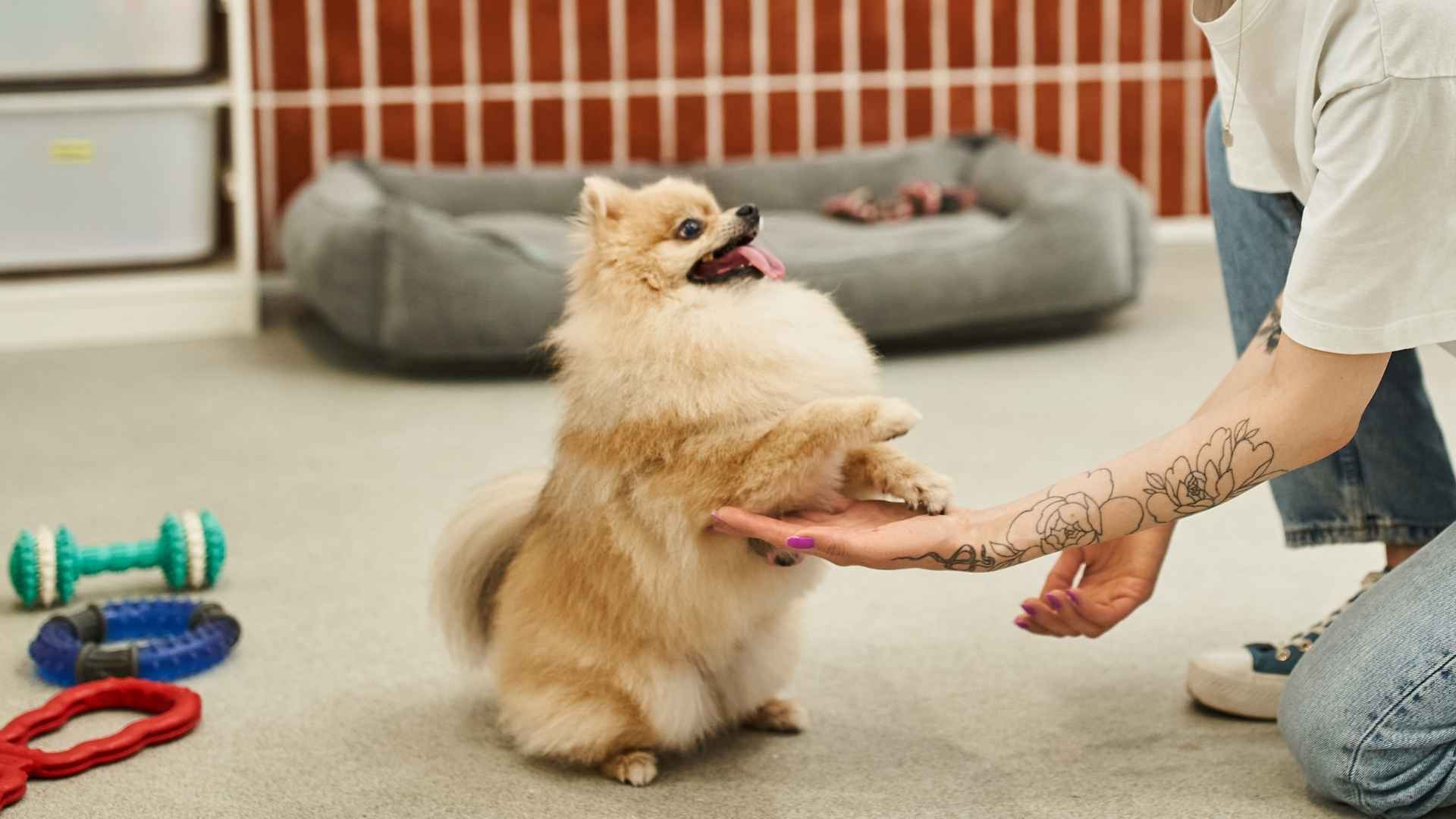Training is one of the most rewarding parts of dog ownership; it not only builds obedience but also strengthens the bond between you and your furry companion. While every dog can benefit from consistent training, some breeds are naturally more receptive than others. Interestingly, it’s not size or intelligence that determines trainability, but rather a dog’s willingness to please and how enjoyable the training experience is for them.
For first-time pet parents or those living in smaller spaces, tiny dog breeds offer an appealing combination of manageability and charm. Many of these petite pups are eager learners who thrive on praise and positive reinforcement. Their small stature makes them easy to guide and handle, which is especially helpful when teaching basic commands or correcting behavior early on.
Whether you’re new to dog ownership or simply want a low-stress training experience, choosing a small breed known for its responsiveness can make all the difference. In this article, we’ll explore some of the easiest tiny dogs to train.
Easy to Train Tiny Dog Breeds
1. Cavalier King Charles Spaniel
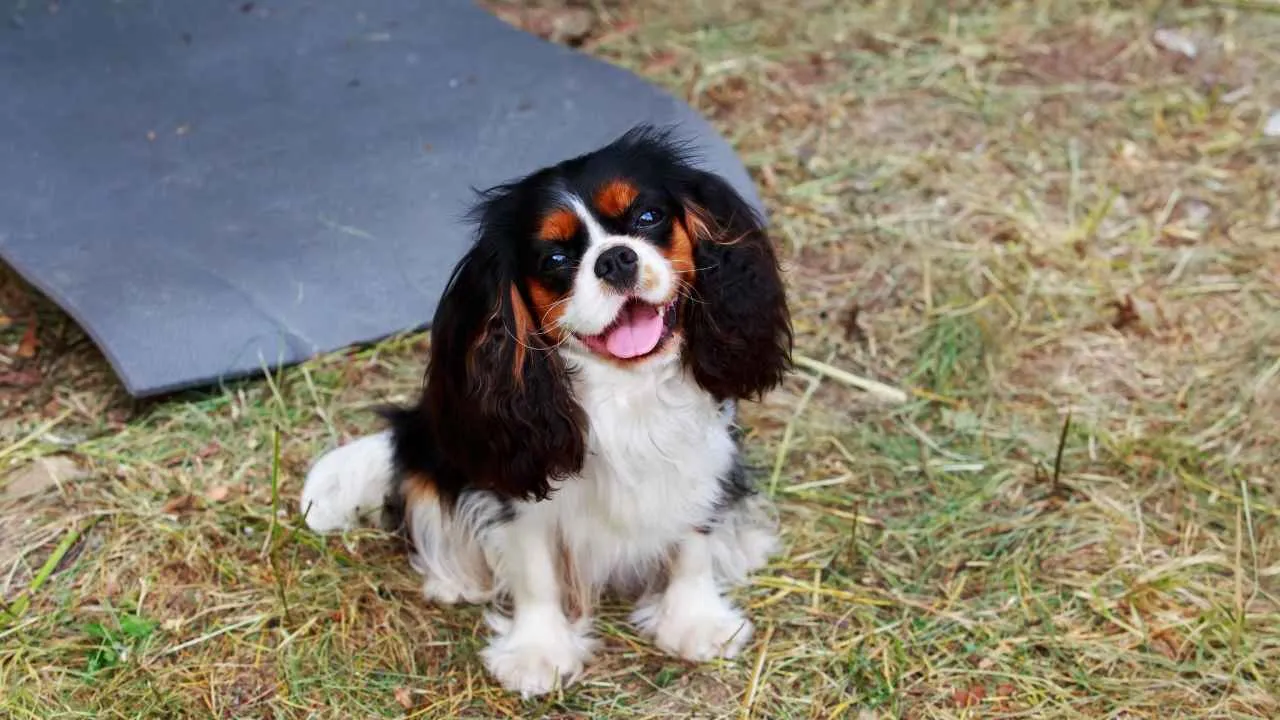
With their warm personality and eager-to-please attitude, Cavalier King Charles Spaniels are among the most trainable tiny dog breeds. According to Britannica, the Cavalier King Charles Spaniel is widely favored for its affectionate, gentle, and kind temperament, often regarded as the perfect companion for home life.
Weighing just 13 to 18 pounds and standing 12 to 13 inches tall, these affectionate lap dogs are beloved for their cheerful disposition and adaptability.
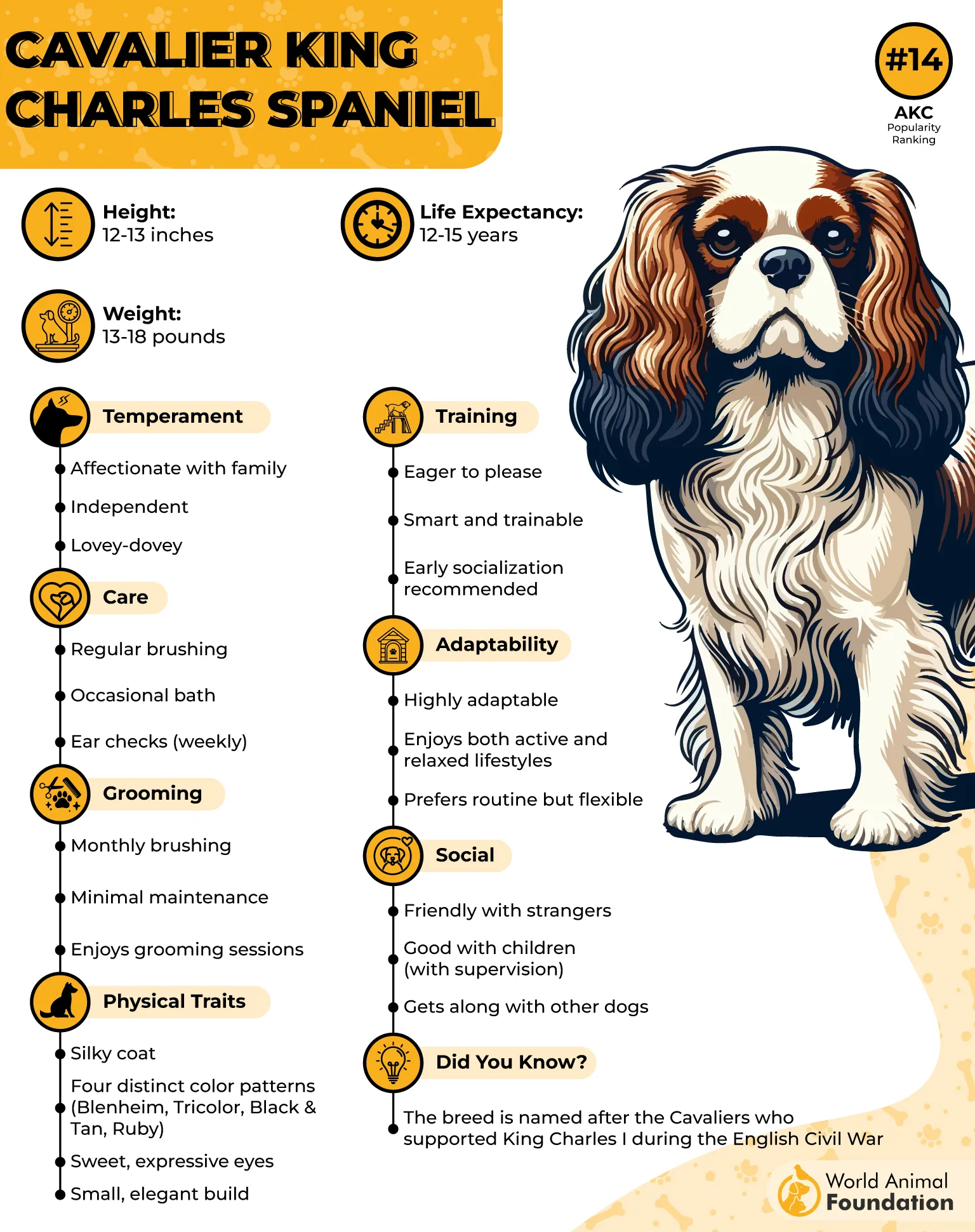
Training
Cavaliers enjoy learning and do best with calm, patient trainers. Because they’re sensitive to tone and mood, harsh corrections can be counterproductive. Instead, reward-based training encourages quick progress. These small dogs can excel in various canine sports, including obedience, agility, and nose work.
Their moderate energy levels mean they’re easy to manage, and they tend to enjoy structured play as much as laid-back cuddles. With early socialization, they also adapt well to group settings, such as dog parks, provided they’re in a size-appropriate environment.
Fact: Originally bred as companion lap dogs, Cavaliers are now active participants in dog sports like agility and dock diving, thanks to their smart and sociable nature.
2. Coton de Tulear
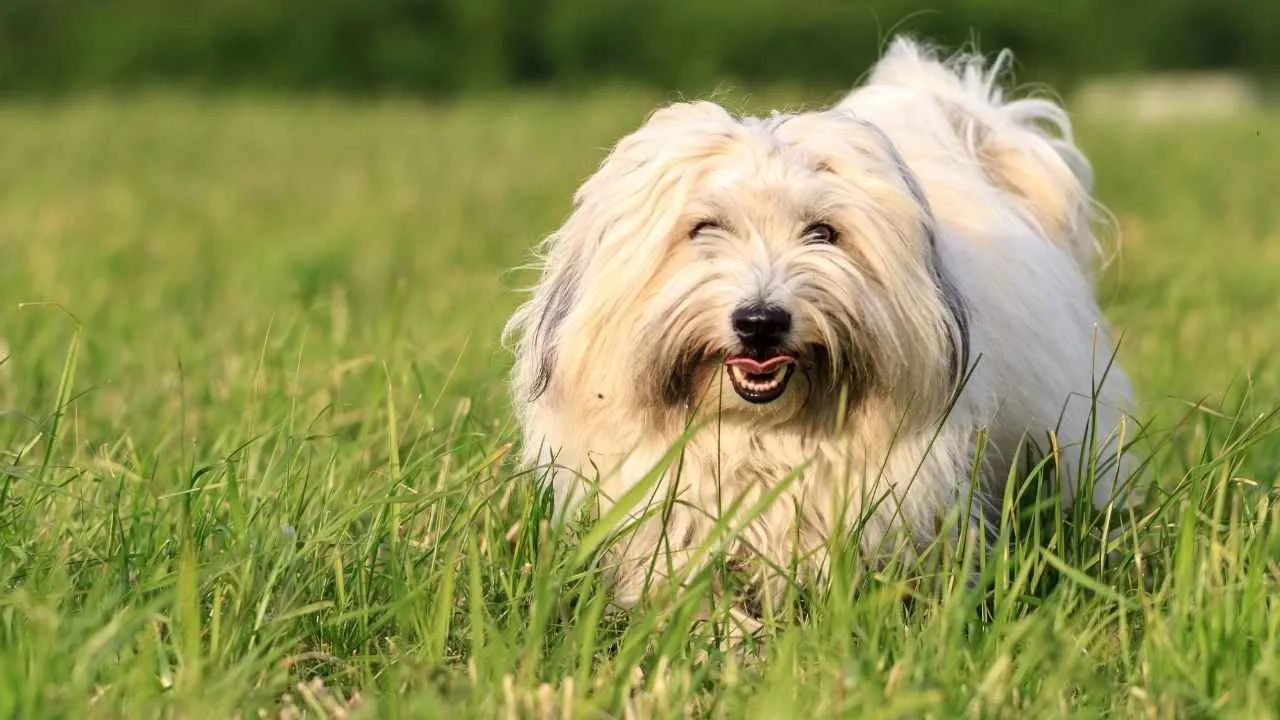
Known for their cotton-like coats and cheerful personalities, the Coton de Tulear is a charming companion dog that brings both intelligence and affection into any home. According to AKC, the Coton de Tulear is a delightful breed known for its cheerful, intelligent, and carefree personality.
Originally bred in Madagascar as a loyal companion to the Merina tribe, this small breed thrives on human interaction and is happiest when included in everyday family life. Naturally alert and mildly territorial, Cotons are curious, eager to learn, and often display a comical side that makes training both effective and fun.
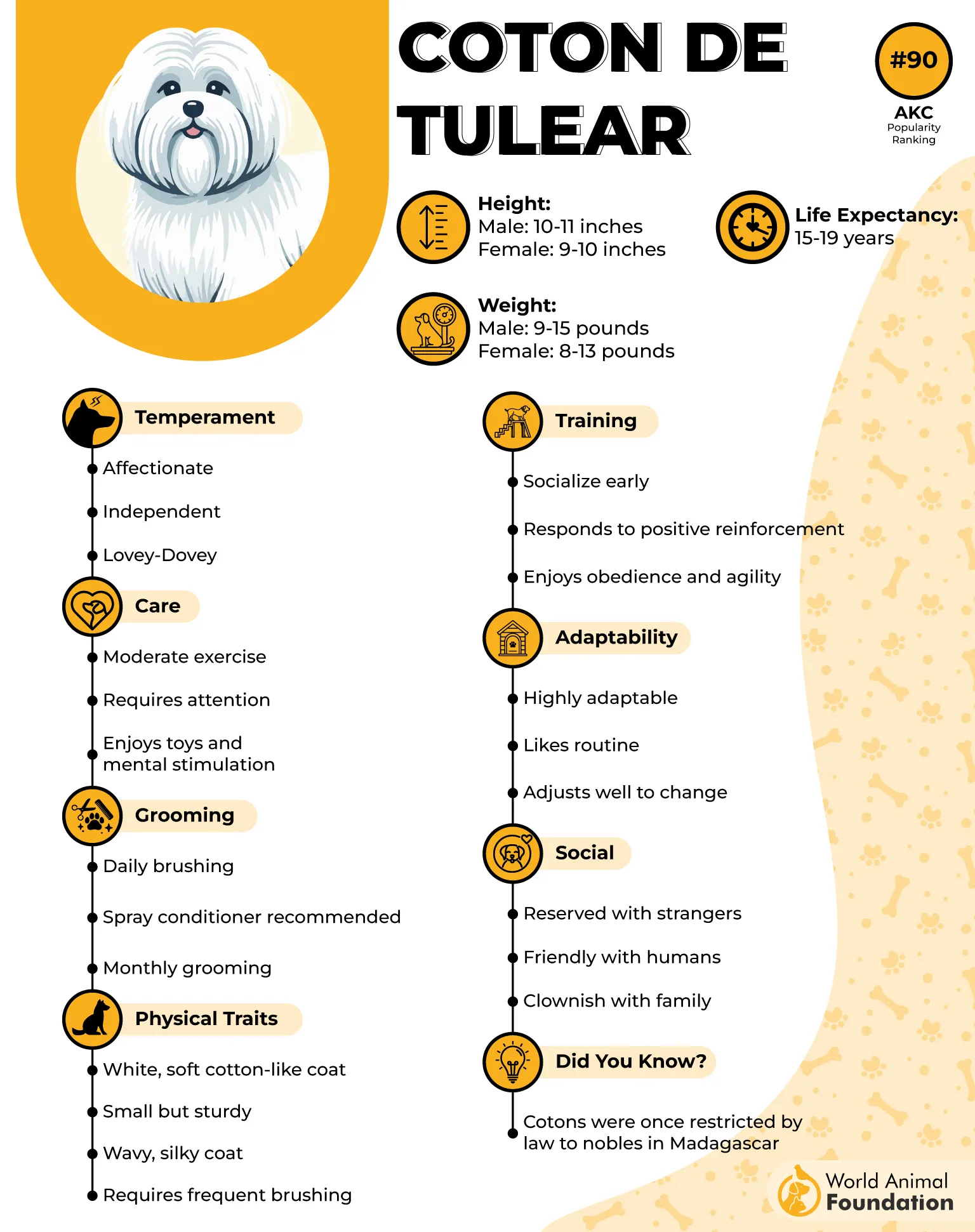
Training
The Coton’s quick wit and energetic nature make them highly trainable, especially when positive reinforcement is used. These dogs are not receptive to harsh methods, but they excel when training sessions are upbeat, varied, and engaging.
Starting socialization and obedience training early helps ensure they remain confident and well-mannered in new environments. Many of them even succeed as therapy dogs, thanks to their sensitive and sociable temperament.
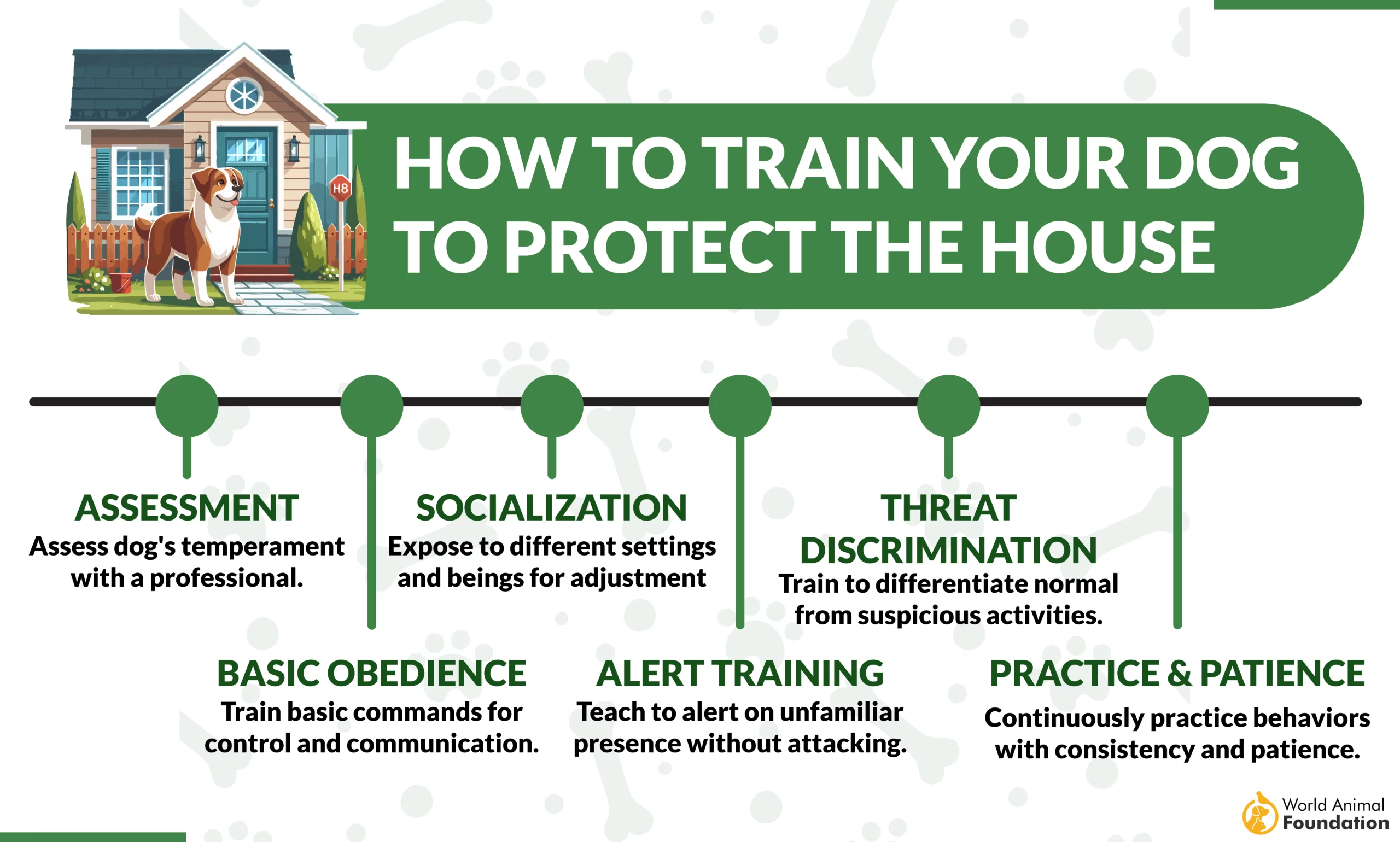
Fact: The Coton de Tulear was originally bred to be a companion dog for the Merina tribe in Madagascar, making it naturally people-oriented and easy to train.
3. Papillon
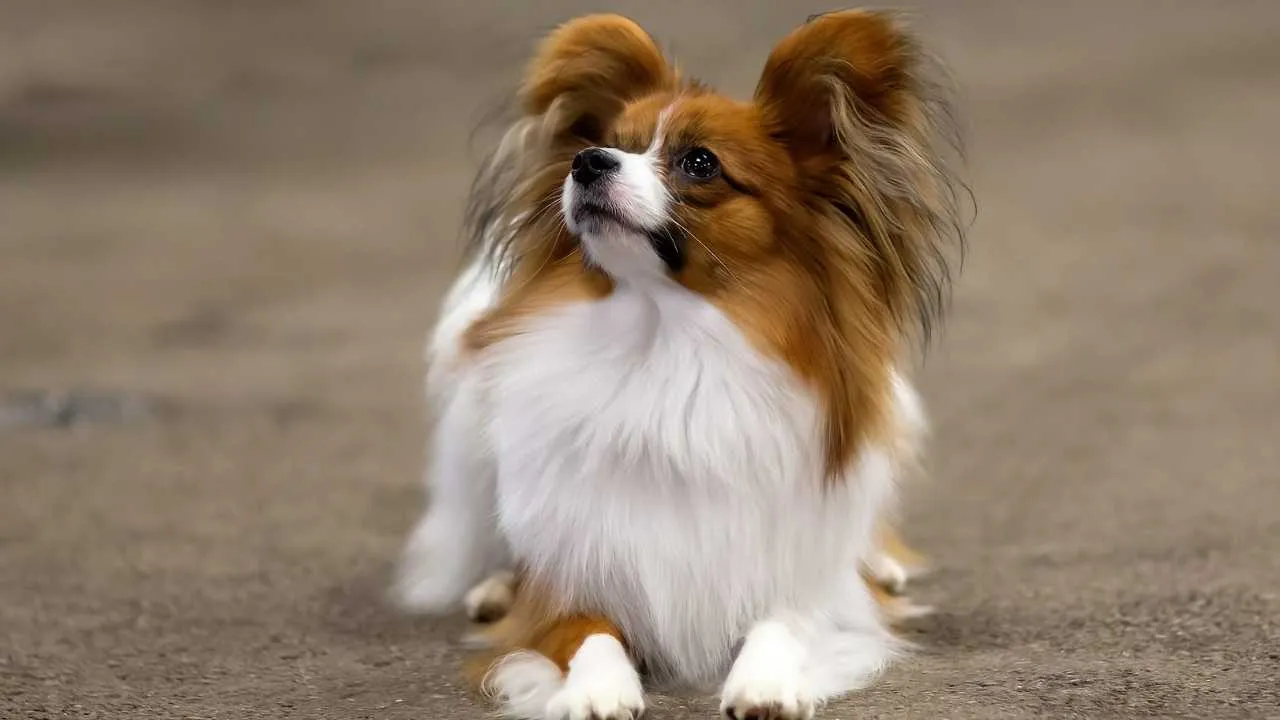
With its signature butterfly-like ears and lively personality, the Papillon is a standout among tiny breeds, both in looks and smarts. Originally bred as a companion for European nobility, this dainty yet energetic dog thrives on human interaction and affection.
Despite their delicate appearance, Papillons are surprisingly sturdy and active, requiring regular exercise and mental stimulation. Their long, feathered coat adds to their elegance but does need consistent brushing to prevent tangles and matting. PetMD notes that although Papillons have long, silky fur, they are relatively low-maintenance in terms of grooming since they lack an undercoat.
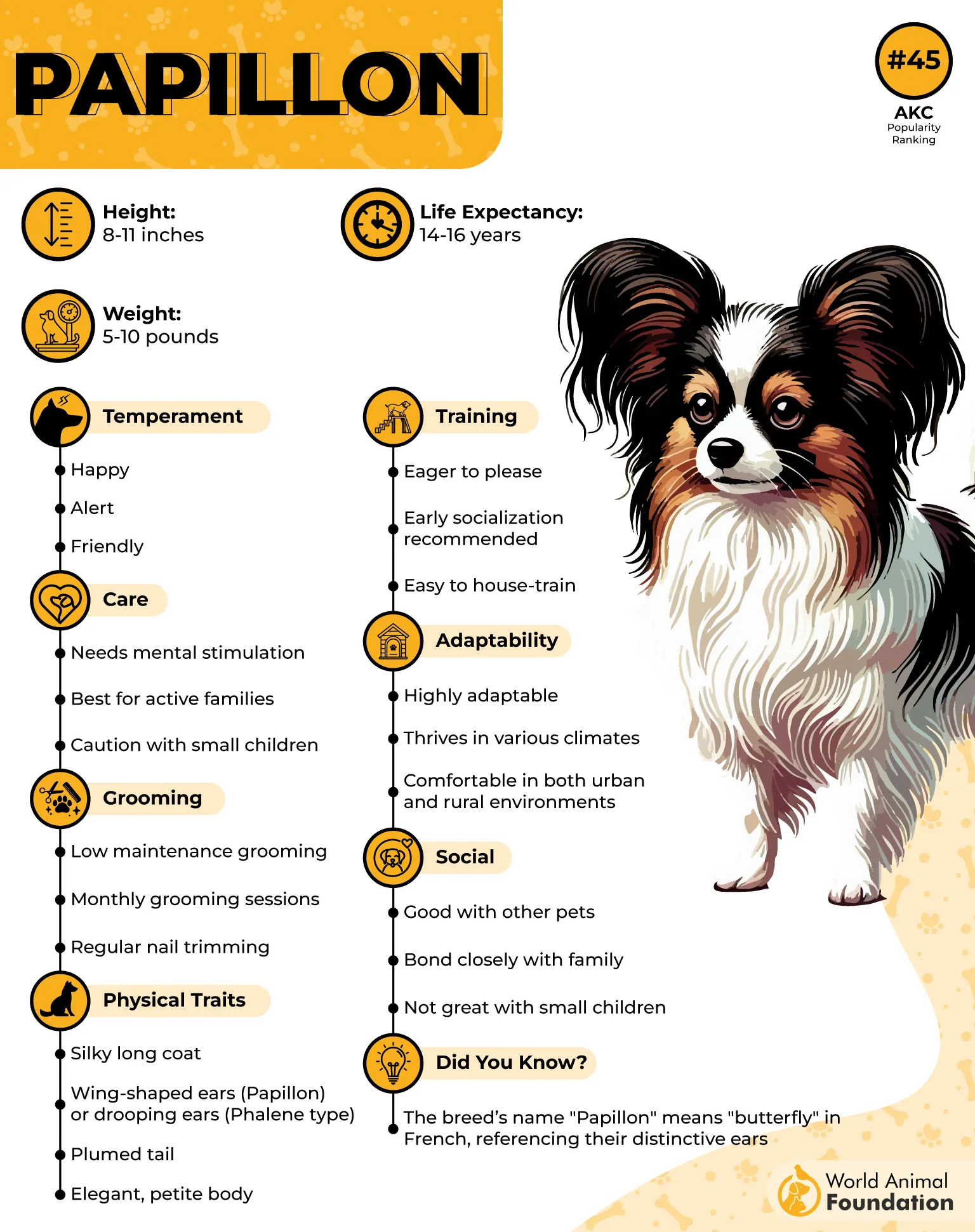
Training
Highly intelligent and eager to please, the Papillon is one of the easiest small breeds to train. These dogs quickly grasp new commands. They excel in obedience and agility sports, making training both fun and rewarding for pet and owner alike.
Early training can also help prevent or reduce separation anxiety, which Papillons are prone to if left alone too often. Crate training and enrichment toys can support healthy independence, especially in younger dogs.
Fact: According to canine intelligence researcher Dr. Stanley Coren, Papillons rank eighth among the top 20 most intelligent dog breeds, making them one of the smartest and most trainable tiny companions.
4. Australian Terrier
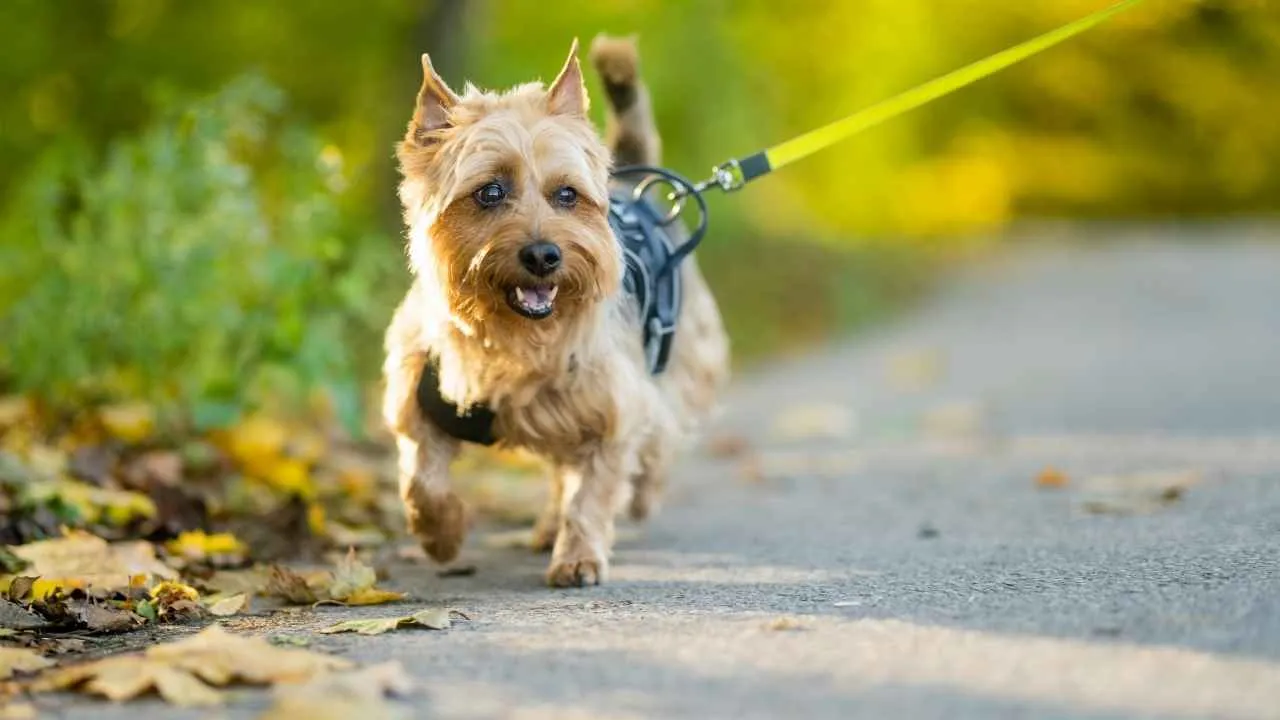
Compact, lively, and full of personality, the Australian Terrier is a small breed with a strong work ethic and a big heart. WebMD states that Australian Terriers are lively and smart, with bold personalities that shine despite their small size.
Originally developed to control vermin like mice and rats, this terrier brings the alertness and determination of a working dog into a pint-sized package. Standing just 10 to 11 inches tall and weighing 15 to 20 pounds, they’re energetic companions who enjoy staying busy and thrive in homes where they’re both mentally and physically engaged.
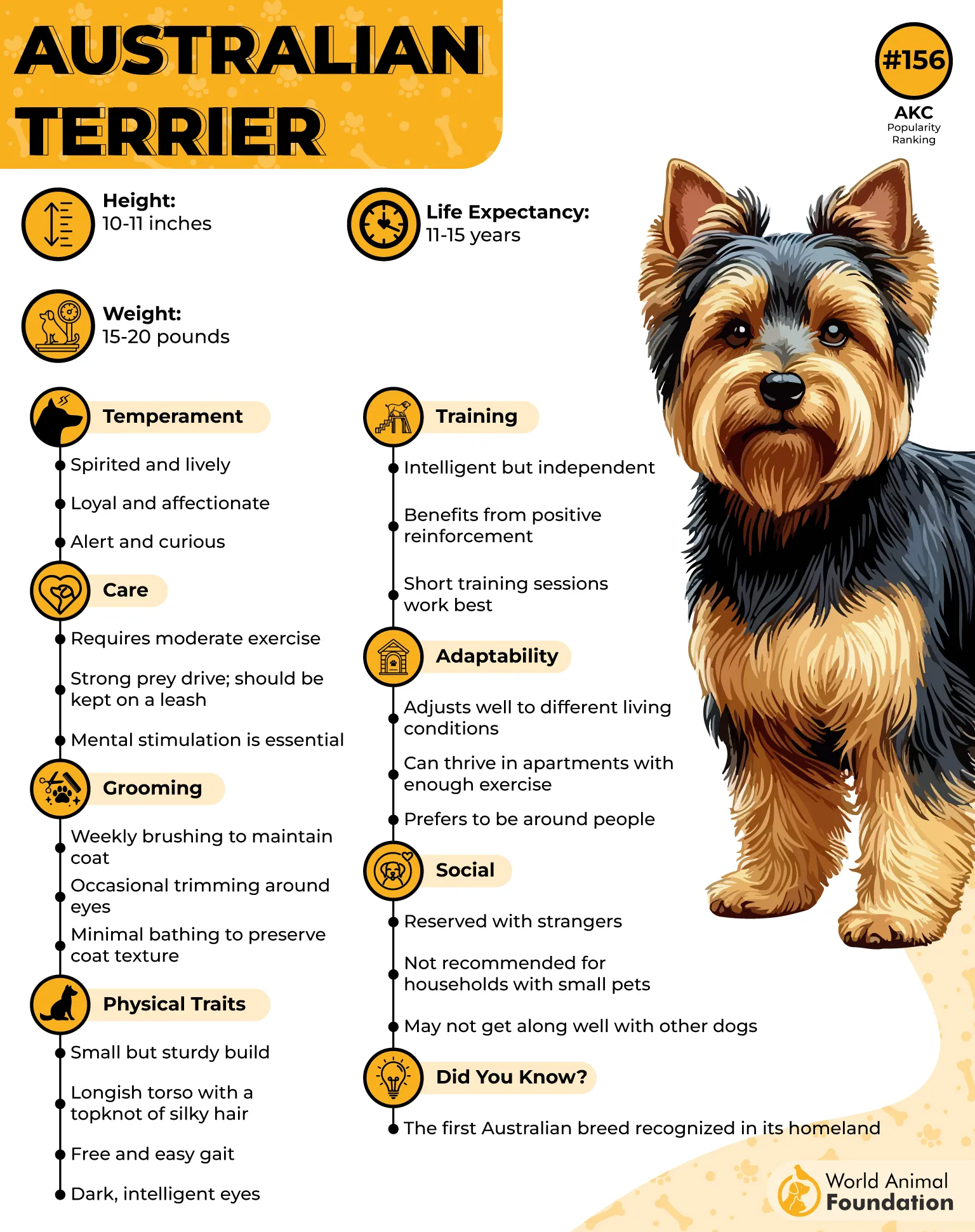
Training
Australian Terriers are eager to please, making them quite trainable, especially when sessions are kept short, fun, and varied. Their independent streak can show if routines become repetitive. Keeping training fresh helps maintain their focus and enthusiasm.
These spirited little dogs also benefit from regular exercise and mental challenges to prevent boredom-related behaviors like chewing or digging.
Fact: The Australian Terrier is one of the smallest working terrier breeds and was originally bred to help control rodent populations.
5. Poodle
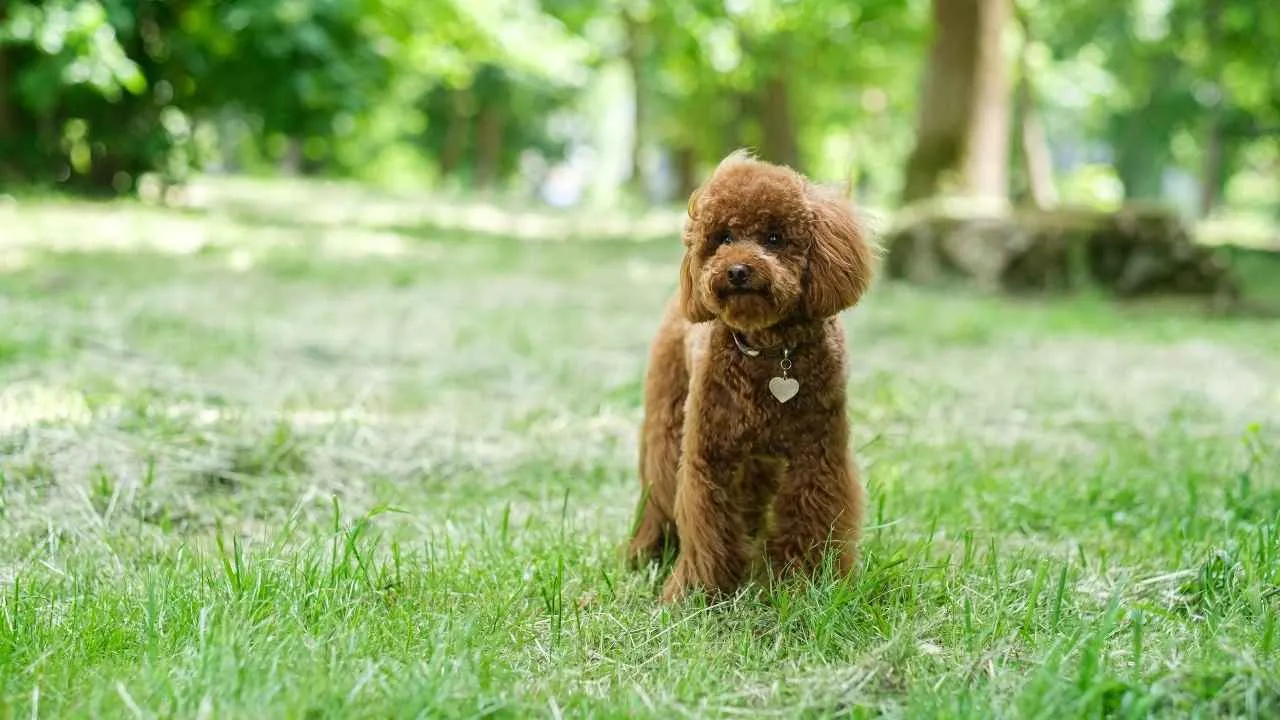
Toy and Miniature Poodles may be small in size, but they pack a powerful combination of intelligence and charm. Originally bred as water retrievers, these dogs were designed to work closely with humans, a trait that still shines through in their attentiveness and desire to please.
With their elegant, curly coats and lively personalities, Poodles are popular companions for families and individuals alike. Despite their high energy, they don’t require a lot of space, making them ideal for apartment living or homes with limited space.
Training
Thanks to their sharp minds and strong connection to their owners, Poodles are among the easiest small breeds to train. They are known as “thinking dogs” who quickly grasp new commands and enjoy learning.
Their enthusiasm for positive reinforcement and ability to read human cues make training not only effective but also enjoyable for both dog and owner. Whether you’re teaching basic manners or fun tricks, Poodles thrive on mental stimulation and structured interaction.
Fact: The Poodle’s origins as a water retriever contributed to its strong work ethic, focus, and willingness to cooperate with humans, traits that make even Toy and Miniature Poodles standout learners.
6. Brussels Griffon
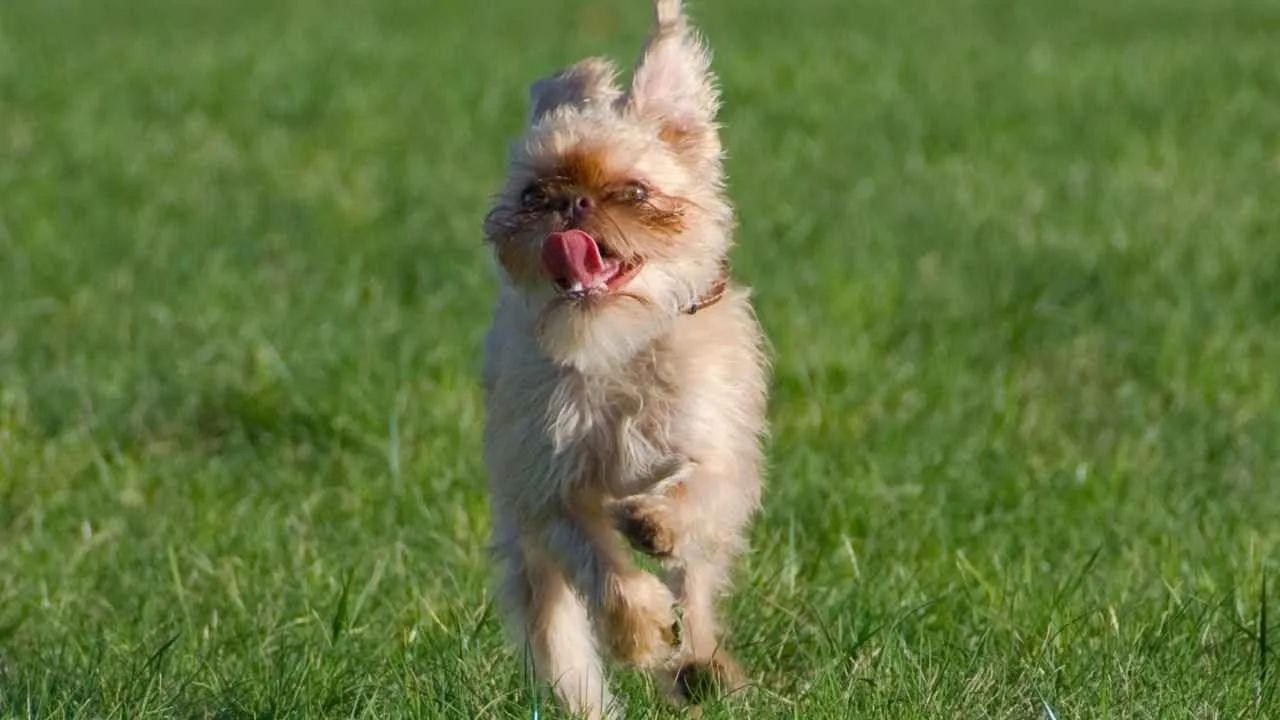
The Brussels Griffon is a tiny bundle of personality, affection, and energy. With a compact size of just 7 to 10 inches tall and weighing between 8 to 12 pounds, this toy breed boasts a charming, almost human-like expression, enhanced by its signature facial hair.
Known for their loyalty and need for companionship, these spirited dogs often form deep bonds with their owners, making them emotionally intuitive and eager to interact. Despite their small stature, they are bold, curious, and make excellent indoor companions, adapting well to apartment living with daily exercise.
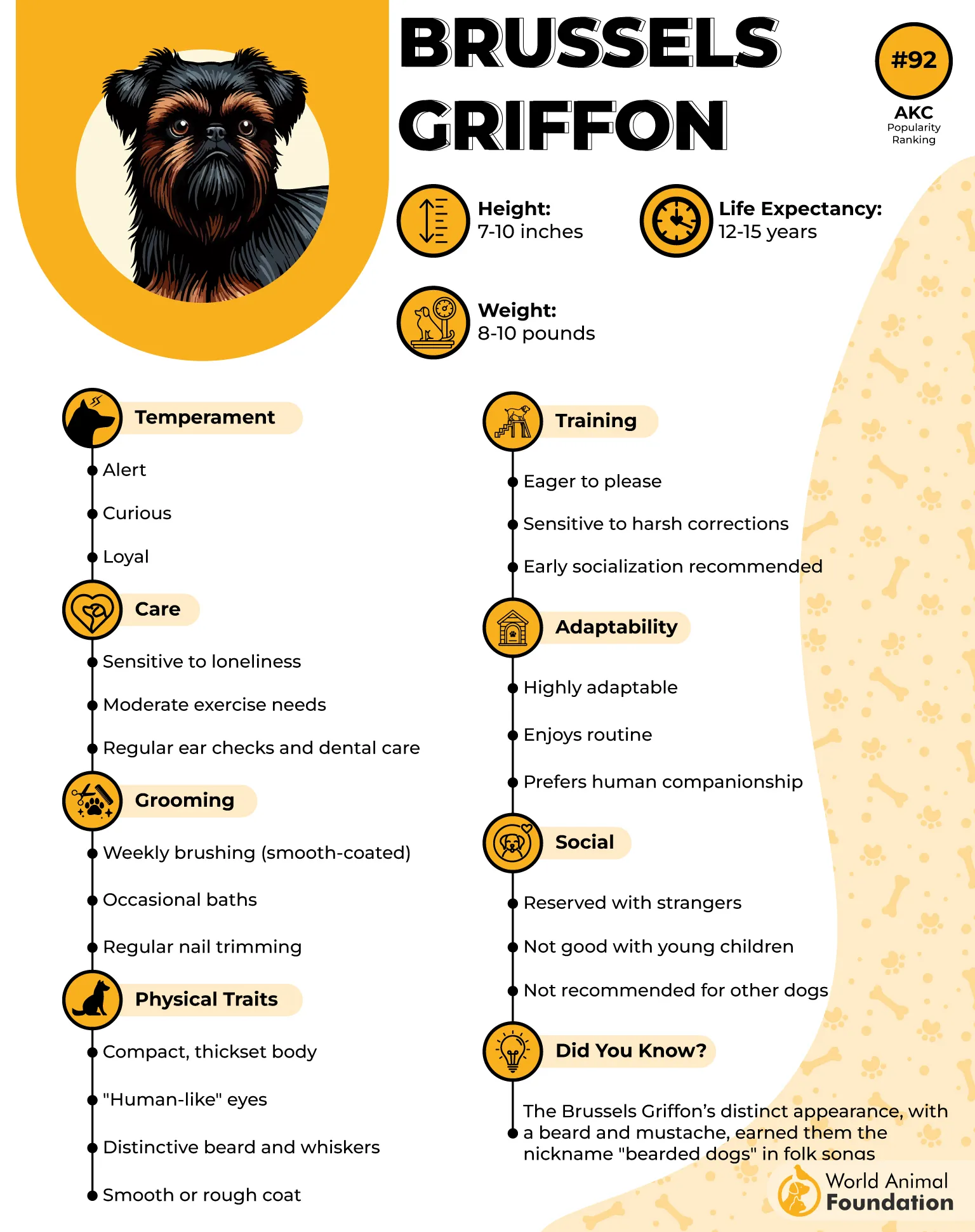
Training
This small dog breed responds well to training when sessions are positive, engaging, and consistent. Their strong desire to be close to their owners makes them receptive to guidance and praise. Early socialization helps reduce their natural alertness toward strangers, while regular routines help reinforce good behavior.
Due to their intelligence and emotional sensitivity, Griffons benefit most from gentle, reward-based training that encourages cooperation and trust.
Fact: The Brussels Griffon gained widespread attention after appearing in the 1997 film As Good As It Gets, further showcasing the breed’s expressive charm and devoted nature.
7. Rat Terrier
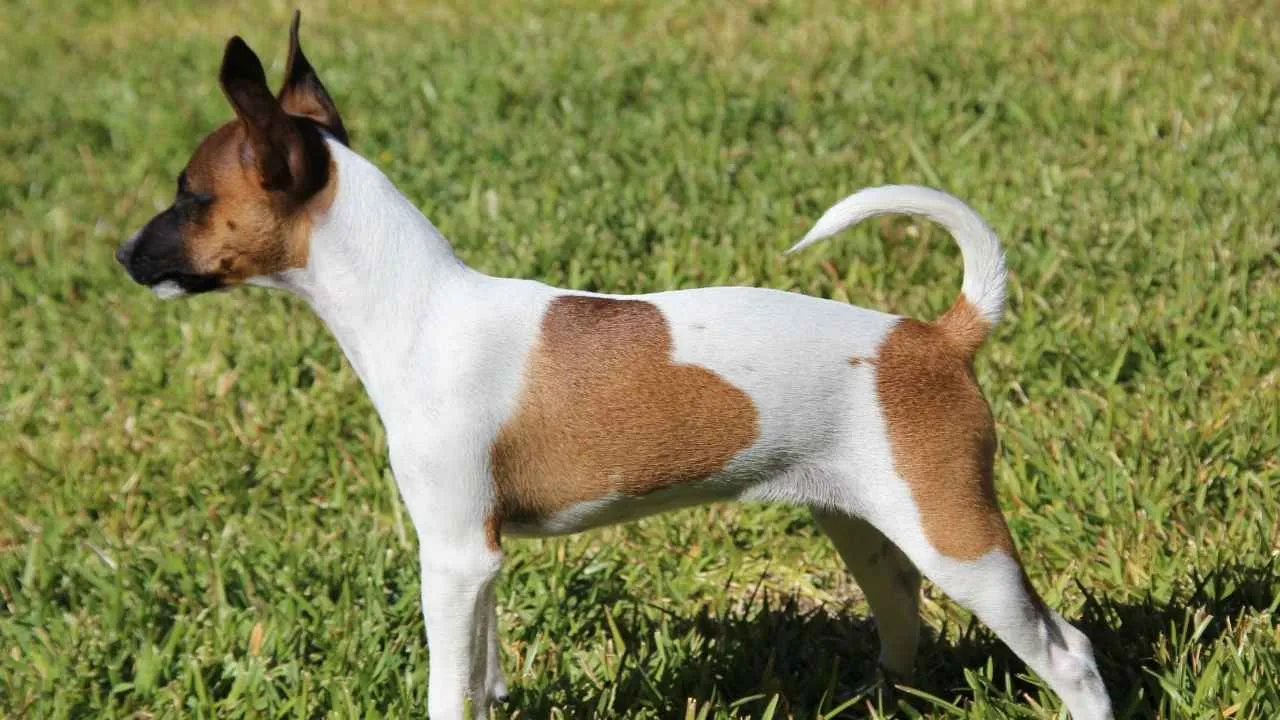
Lively, clever, and full of personality, the Rat Terrier, affectionately nicknamed the “rattie”, is a small but spirited companion with a working dog’s heart. Originally bred to eliminate pests on American farms, this breed combines sharp instincts with an affectionate nature, making it an excellent choice for families who want both energy and loyalty in a compact package.
Though they enjoy having room to roam, Rat Terriers can thrive in smaller homes as long as they receive enough daily activity and mental stimulation.
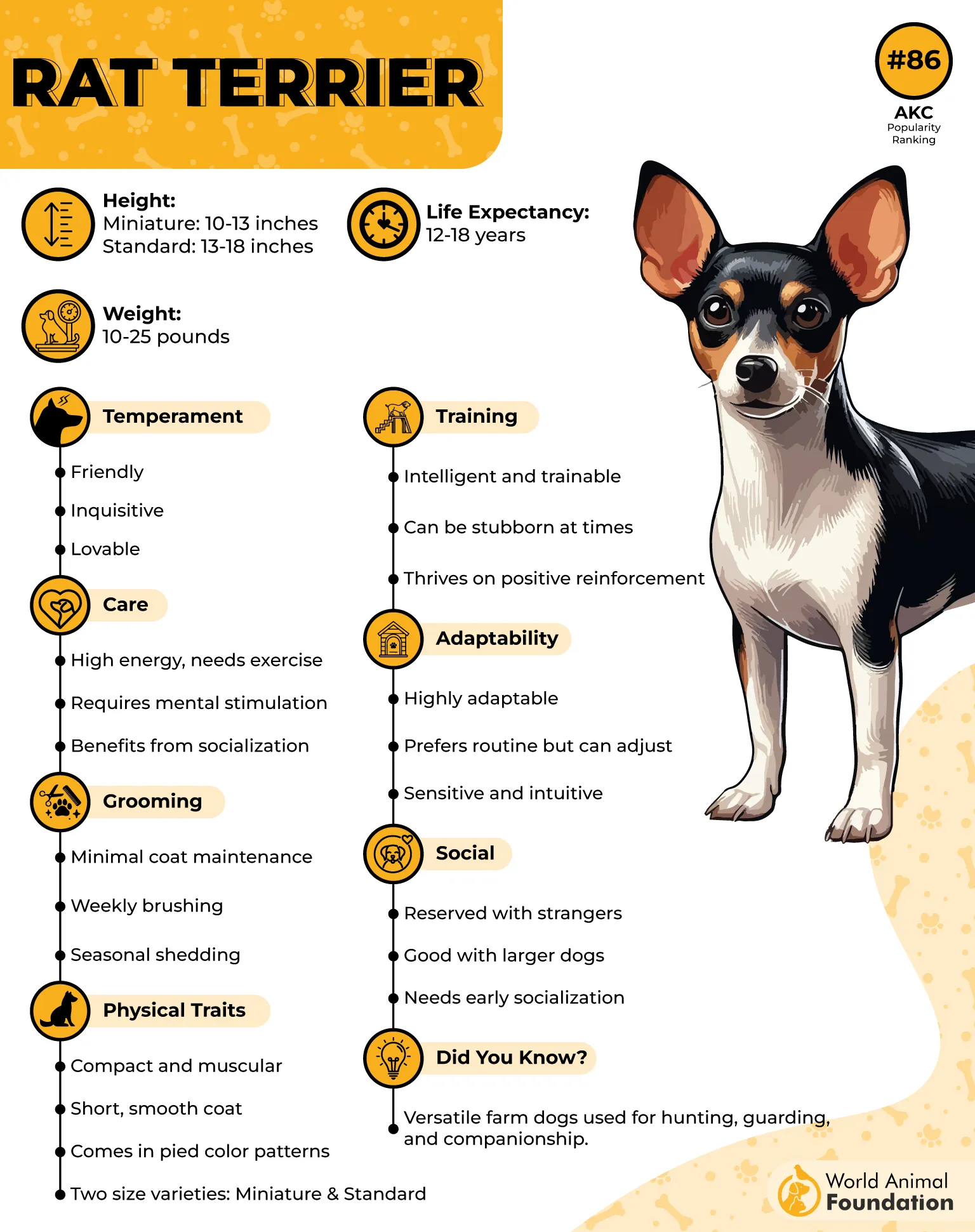
Training
Rat Terriers are naturally intelligent and respond well to positive reinforcement. Their alertness and enthusiasm make them excellent candidates for dog sports like agility, flyball, and scent work. Regular dog training not only helps manage their high energy but also taps into their desire to work and please their owners.
For best results, early socialization and consistent routines are key to keeping this smart little dog focused and happy.
Fact: These smart dogs were once among the most popular farm dogs in early 20th-century America, prized for their expert skills in hunting rats and rabbits.
Conclusion
Training a dog doesn’t have to be overwhelming, especially when you choose a breed that’s eager to learn and quick to respond. From the intelligent and agile Rat Terrier to other fast-learning companions, the smallest dogs often bring the biggest personalities and potential when it comes to training. Their manageable size and strong desire to please make them ideal for new dog owners or those living in smaller spaces.
Among the best small dog breeds for easy training are not only Rat Terriers but also energetic and sharp-minded breeds like the Toy Fox Terrier, Toy Manchester Terrier, and Miniature Schnauzer. Many of these dogs, despite their tiny frames, carry the instincts of herding dogs or hunters, which means they’re hardwired to listen, work, and engage. With consistent, positive reinforcement and short, engaging sessions, these dogs thrive in both obedience and bonding.
If you’re looking for a pint-sized companion that’s as trainable as it is lovable, these tiny breeds prove that good things, and smart dogs, really do come in small packages.


